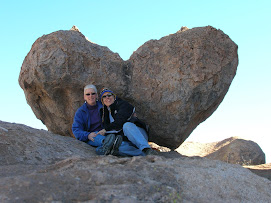



We woke up to another rainy day and our tour group was not very enthusiastic about the bicycle ride. Jacob smartly suggested a tour in the morning at a local museum called Enkhuizen, then hope for sun in the afternoon. The museum has some fine old boats in it but also an outside tour through a recreated traditional Dutch fishing village. Wandering from house to house, you see people doing tasks/occupations that were the mainstays of a functioning village of the nineteenth century: blacksmith at the forge, a man working on a ship sail, another man smoking fish (from whom I bought a smoked eel), an apothecary and a fishing net maker. I have a picture of several carved heads that were the symbol for an apothecary—a man sticking out his tongue, saying “aahhh”. I also have picture of me practicing milking a fake goat. Anne is pictured in front of one of the wooden boats, which looks like it has a big fin on the side. This is one of the standard boats used around here. It is a shallow barge with dagger board on each side instead of a keel. Most of the water inside of Holland has been created by building dykes or dams around the land masses to keep the fresh water in and the salt water out. The water is never very deep Later on, the sun came out and we had a wonderful ride over one of the many dykes, heading north toward a series of islands that provided a jumping-off point for the seventeenth century Dutch traders . We passed water and pasture that was teeming with babies of every kind: goats, sheep, birds and cows. We see pictures like this on products that we buy in the United States but know that most cows and chickens are fed corn in giant warehouse or feedlot. What we see in Holland is the “real deal”—and the food tastes like it! . By the way, I want to give a shout out to our tour organization, Cycletours: we are getting a great tour, nice accommodations and wonderful meals.

No comments:
Post a Comment